Help your cutting surfaces have a long life in your kitchen, protect your knives and keep your food safe with these maintenance tips for your boards.
By Annelise McAuliffe
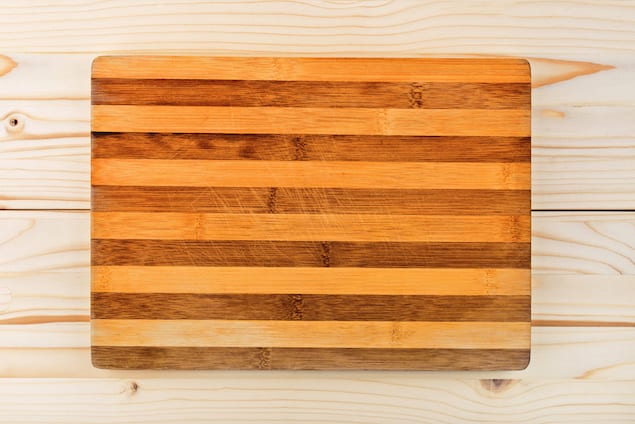 Shutterstock: igor.stevanovic
Shutterstock: igor.stevanovic
Choosing a Cutting Board
Depending on the size and material, cutting boards can be expensive. Be sure to choose a board that fits for your needs and will last for a long period of time. We recommend that everyone has at least one a medium-sized board. Without getting too specific on measurements, think of breaking down a chicken. Everyone should have one board that is at least large enough to complete such a task. Consider having a cutting board that is strictly used for preparing raw meats and another for fresh produce so that your meals are not cross-contaminated in the process.
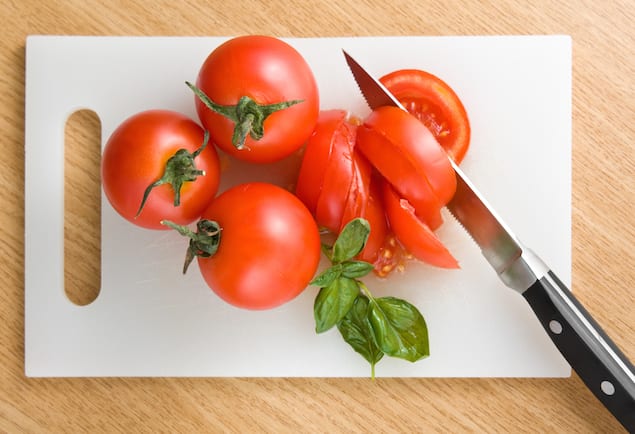 Shutterstock: ninette_luz
Shutterstock: ninette_luz
Plastic: Perhaps the most sanitary option at first glance, plastic boards are great to clean as they can be soaked, washed, bleached, and sanitized with strong dish cleaners without being damaged. However, some plastic boards can be unstable or even slippery to a knife when they become wet. Furthermore, plastic boards do not hold up as well as wood. Gouges, scrapes, and grooves from cutting create an uneven surface and my even trap food particles making it difficult to clean. These boards tend to be dishwasher friendly.
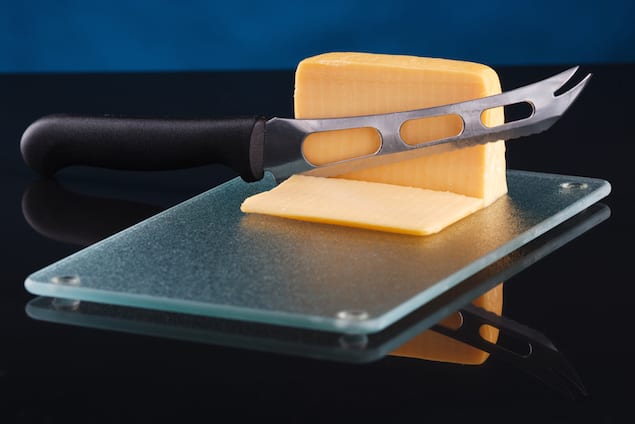 Shutterstock: DimaP
Shutterstock: DimaP
Glass:
These tempered glass boards are super simple to clean, good at protecting your counters counters, will hold up well and age without taking on grooves in its surface. However, such a tough material will also be tough on your knives. Be careful with glass boards unless you want to be sharpening your knives often. These tend to be dishwasher friendly.
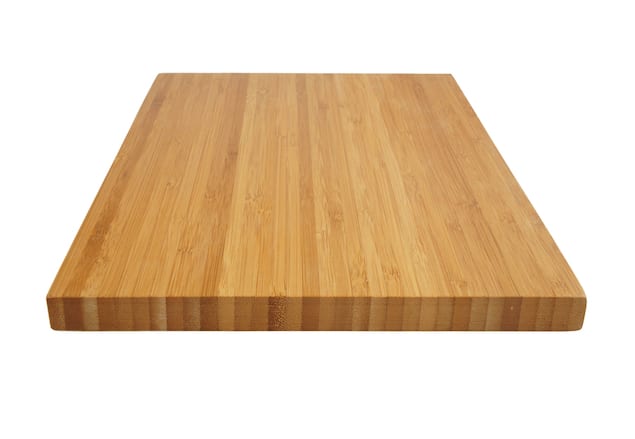 Shutterstock: Evlakhov Valeriy
Shutterstock: Evlakhov Valeriy
Wood and Bamboo:
Our personal favorite, wood and bamboo boards provide a good cutting feel for you and your knives and generally will have a long life in your kitchen. However, many are difficult to clean properly, but most boards, especially bamboo, advertise as being resistant to bacterias. These are not usually dishwasher friendly.
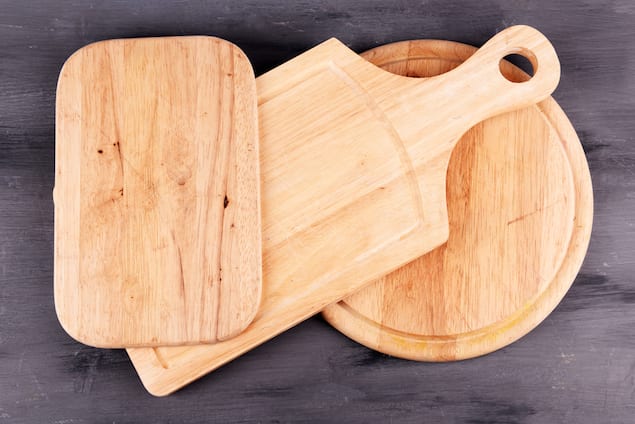 Shutterstock: Africa Studio
Shutterstock: Africa Studio
Cleaning Your Boards
Regardless of the material that you choose, all boards should be wiped with (wood should not be submerged in) hot soapy water and allowed to air dry. Do not let your board sit dirty, especially with wood surfaces, for a long period of after use or they will be more difficult to clean and may become damaged. For plastic and glass boards, they may be bleached or sanitized after use, when needed.
Some wooden and bamboo boards recommend that you limit your board’s contact with water as much as possible. If you choose not to use harsh soap and water on the wood, clean your board with vinegar and hydrogen peroxide.
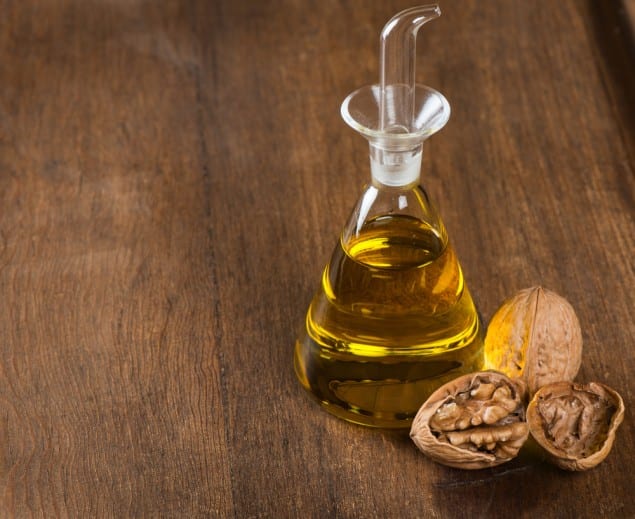 Shutterstock: Iryna Denysova
Shutterstock: Iryna Denysova
Maintaining Your Wooden Cutting Surfaces
Large butcher blocks may need to be sanded down over time to retain a smooth surface and an even cutting space. Beyond a flat board, be sure to care it by rubbing with oil about once a month, depending on use. Begin by ensuring that the cutting board is clean, as you normally would. To remove funky odors or stains, rub kosher salt across the surface of the board. If your board needs it, let the salt sit for a few hours to absorb unwanted moisture in the wood. Cut a lemon in half and use it to rub the salt across the board in a circular motion. This helps to prime and freshen the board so it is ready to absorb oil.
Apply a small amount of non-vegetable oil (try mineral oil or a nut oil such as walnut) with a cloth that will not fray and leave lint all over the board. Some manufacturers recommend making an oil and beeswax combination to best protect the wood. Continue to add oil until your board is no longer dry and stops absorbing what is rubbed on. Let the oil soak into the wood for a few hours and then wipe away any excess with a dry cloth before use.
These simple steps will help your wooden board have a long life as you cook.














Their are many to choose from in terms of quality, as for me I prefer to use wood cutting boards since they are handy. And for maintaining the boards you’ve nailed it right I also did it that way. Great post though.
Amazing tips, I would like to add one thing, Use warm water to clean your kitchen board.
Great blog post for kitchen tips, really helpful for all.
I’ve been thinking about getting my mother a new cutting board for her birthday, and wanted to get some information on that. You wrote that you should choose a cutting board that is big enough to cut a chicken on it, as that will be able to handle most jobs. This sounds perfect for my mother, as she likes to use those kind of ingredients in her meals all the time.